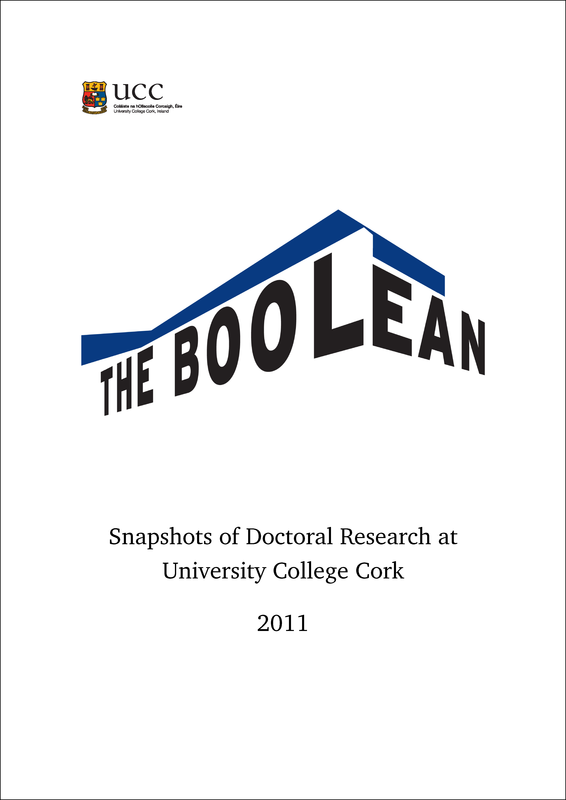Measuring adaptation following a stroke
DOI:
https://doi.org/10.33178/boolean.2011.19Abstract
Stroke is the second commonest cause of mortality worldwide. In Ireland, one in five people will have a stroke at some time in their life. Stroke is the leading cause of long-term disability in Ireland and the incidence of this chronic illness is set to rise due, in part, to the increase in the elderly population. The National Audit of Stroke Care, commissioned by the Irish Heart Foundation and Department of Health and Children in 2006, revealed that stroke services are badly organised in Ireland. Stroke interrupts life, arrests previously-cherished activities and decreases quality of life for survivors and their families. The physical and psychological consequences and changes that stroke survivors suffer can be devastating. The degree of physical disability post stroke can range in effect from moderate to severe. Some of the consequences of stroke, such as mild cognitive impairment, while less apparent, make daily living difficult. Changes in ...Published
2011-01-01
Issue
Section
Articles
License
Copyright (c) 2011 the author(s)

This work is licensed under a Creative Commons Attribution-NonCommercial-NoDerivatives 4.0 International License.



